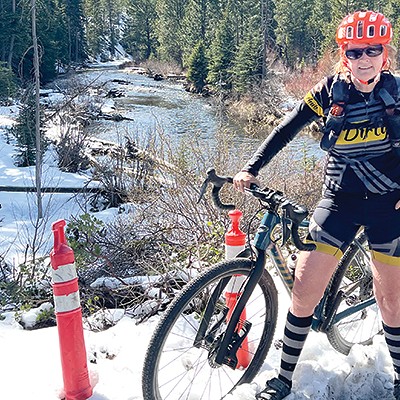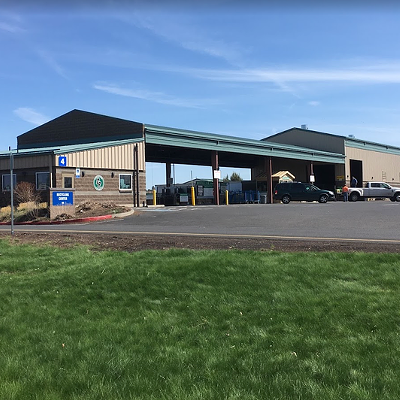Safety Third
Lessons learned from a spring solo on the North Fork John Day River
Anyone who boats knows: However full the river is, it contains at least as many lessons. Amongst a deluge of teachings, a core reminder rises above all others: safety third.
Equal parts jest and cautionary tale, safety third appeals to the prankster Peter Pan in all paddlers, while also acting as an ironic reminder—ironic because actually getting your crew and vessels on the water can be so hectic, with so many moving parts, one is forced to remember everything else, with safety coming last.
For my part, I have mostly learned paddling (and other) lessons the hard way. The following is what I learned solo inflatable paddle boarding a 44-mile section of the North Fork John Day River last weekend, when it was flowing at a rapid 5,000 cubic feet per second.
During spring floods, all bets are off. Many resources one might typically use to assess the difficulty of a river may not be as reliable.
tweet this
1. Beware spring meltdowns
During spring floods, all bets are off. Many resources one might typically use to assess the difficulty of a river may not be as reliable. This isn't Disneyland, we aren't in a vacuum, there are very real variables and often those variables—like changes in flow and flooding—are difficult to capture in guide books and websites. The features can be bigger and the water can be moving magnitudes faster. Time to react, adjust or maneuver one's vessel, can be scarce, causing surprises around every corner.
2. Is it portaging, or paddler Crossfit?
My logic for solo paddling used to be, if I run into something difficult, I'll just portage (carry my gear and vessel around the rapid). However, paddling 44 miles in one day, adding hikes over unstable shorelines, makes the game a whole other animal—an unintended dual sport. With a map it can be reasonable, offering precision in pulling over above rapids one desires to skip. Unfortunately, for the North Fork, there's no map (except the page I tore out of my road atlas). Therefore, what I lacked in precision, I had to make up for in hiking—about 7-plus miles overall.

3. Ultra-light = ultra-unprepared
The most valuable lesson the North Fork instilled in me is to assume things won't go well. Assume contingencies. I brought next to nothing save for 8 ounces of sunscreen, nut butter packets, dried currants and 2 liters of water. I almost didn't bring my dry suit. This is SHOCKINGLY UNPREPARED. I fell into a classic rookie move, packing for the best-case scenario. Assume contingencies when packing for a solo mission. In hindsight, these tips could be broadly applied to any outdoor adventure. Don't learn the hard way like me. Just remember: safety third!
Something Gnarly Afoot
Adventures in bouldering injuries
My ankle joint made three very pronounced popping sounds as I grasped my foot with two hands and forced the fully dislocated appendage downward. It lurched loudly from the inside of my shin bone where it had come to rest and back into place at the end of my leg.
Moments before, I was on the wall, focused on the top of the boulder with all of my attention, not thinking about the consequences of making a dynamic jump for the final hold.
It was a beautiful day at the Widgi boulders, one of the premier locations for the sport of bouldering in Central Oregon. A group of good friends was there to climb, and the sun was shining as usual. We had arranged the pads two-thick under a near vertical bouldering problem called "The Meddler." I had forgotten to warn my spotters that I was about to attempt a dyno—a move that involves jumping or moving dynamically from one hold to another—and as I launched upward for that final, beckoning hold, I could feel myself falling backward, away from the rock face. As I came down my right leg missed the pad and hammered into the dirt, locking my knee and forcing my foot to completely dislocate to the inside of my leg.
It's funny; I didn't feel any pain as it tore from its place, and I didn't feel any pain as I foolishly relocated it (most of the way) myself. I just knew in that moment that it couldn't stay at a 90-degree angle to my leg for very long, and that I needed to put it back before the pain set in. I imagine it's a lot like what my little tripod dog, Rally, felt when he chewed off his own foot after being struck by a car; sheer, wild instinct...but that's another story.
At the end of the day, I was lucky. I didn't break my talus bone (a flat bone between your leg and ankle bones) and therefore didn't need surgery. I did, however, require a trip to the emergency room and a team of doctors, nurses and anesthesiologists to finish the job. I believe that relocating it immediately on my own minimized the amount of damage to soft tissue and ligaments. I was back on my feet within a month and exploring and documenting in a walking cast for the local guidebook, "Central Oregon Bouldering," which I published the following year.
What's the moral of the story?
1.Never double-stack or overlap pads on flat surfaces if you can help it. Double pads are too tall of a platform and you're bound to roll or break an ankle or injure your knee because of the increased offset from the ground.
2. Always communicate with your spotters. Make sure they're attentive and have their hands up. Their job is to keep you on the pads and off your head!
Of course, there's always the element of luck—but minimizing your risk and being aware of your surroundings is good insurance against bodily trauma.
Get out there, play smart, have fun, and when the time comes and the situation warrants, be a badass and chew off your own foot.
-Jason Chinchen is a local climber and the author of "Central Oregon Bouldering.
Help!
How to help yourself before you crash on a bike
"TWHAPPPP."
That's what I remember most: The sound of the crash.
My bike was up the hill and I couldn't move my leg. I was trying to stay calm.
"Look, you can wiggle your toes," I thought to myself. Because I was off the back of the pack of riders I was with, it took a bit for my husband to turn around and find me. By then, the rest of the group was a few miles down the road at the next checkpoint.
With help from a local rancher, a few of the riders came back to me, and a few riders scurried to the start to retrieve a rescue car. It took two and a half hours (and a whole lot of screaming) before I was comfortably numb at the St Charles ER trauma room, receiving the "good" news that I broke my pelvis in two locations.
"You are going to have a painful few days, then a few months of recovery," said Dr. Justin Roth from The Center, "but you are lucky. The breaks aren't displaced so you don't need surgery."
The big things that get people into trouble are typically: no prior planning or no extra clothes for when the weather changes. Or when the trip is extended and the sun goes down, leading to cold temps. Or they have everything on one cell phone and then the battery dies and they have nothing. Or no extra food or water, leading to dehydration.” —Lt. Bryan Husband
tweet this
This whole experience had me and my husband thinking: What could we do as gravel cyclists to be better prepared for an emergency situation?
We asked a few experts to help us out.
"The big things that get people into trouble," said Lt. Bryan Husband from Deschutes County Sheriff Search and Rescue, "are typically: no prior planning or no extra clothes for when the weather changes. Or when the trip is extended and the sun goes down, leading to cold temps. Or they have everything on one cell phone and then the battery dies and they have nothing. Or no extra food or water, leading to dehydration."
Ray Storm, founder of Beyond the Edge, a company that teaches wilderness first aid, said, "I understand cyclists not wanting to carry huge first aid kits with them, but you should still carry a triangle bandage. It can be used as a tourniquet, bandage, pressure bandage, sling and swath, and paired with sticks can be used for splinting."
From our cycling pals, we also received loads of advice, enough to create these new safety guidelines:
Carry personal identification and emergency contact info
Let people in your riding party know you're carrying your info, especially if you don't know each other. A Road ID bracelet is awesome because it's on your wrist—easy for anyone to find.
Carry a personal locator beacon that has satellite messaging
...such as Garmin InReach, a SPOT Geo, etc. AND, more importantly, practice using them!
We recently used an InReach device to rescue a cyclist who sliced a tire sidewall. The delays in satellite messaging caused miscommunications, reinforcing why we should test devices before we really need them! Luckily, we figured out the devices and retrieved the cyclist, who was 25 miles outside of Antelope on a dirt road to nowhere.
The personal locator beacons have an emergency button. What happens when you press it? A message is sent back to the company you purchased it from, and the company dispatches a call to your local 911 services with your exact location and the information that you have on file (for example, your emergency contact).
Locally, the Deschutes County Sheriff's Office will try to call you and your emergency contact to assess the situation. If they can't reach you by phone and you're on an accessible road, they'll dispatch the nearest patrol car. If your location is not near an accessible road, they'll dispatch a Search and Rescue unit.
Thus, the answers to the questions: "who are they sending, and how long will it take?" It depends.
Allow tracking on your phone
Apps like Find My Friends and Live Tracking let someone track you in real time. The apps need working cell data, but can provide an exact location of where you are. You have the option of turning this tracking feature on for a limited time, in case you don't want your mother always knowing where you are.
Leave your route with someone back home, with a cutoff time for when to call in emergency rescue services
For example, map your route on RidewithGPS, then send it to your emergency contact person via email or text (providing a mapped-out route shows exactly where you're headed). Some devices, like a Wahoo, will automatically send your contact person an email of exactly when you start a ride, with a link that lets them track you while you're riding. (The Search and Rescue folks do love the word EXACTLY.)
Learn navigation inside and out
Map out a route in an area you know really well, like Benham Falls, and then try to follow it on your navigation device. In this safe area, let yourself get lost and then try to find your way out. Everyone in your party should know navigation, because you might have to split up your group. For example, one person may need to ride fast back to where you parked the cars. Some navigation devices have an option to retrace your steps or click a point on the map and route you to that point. More great things to practice!
Have backup navigation with multiple people following the route.
Even with two cyclists, we might have four navigation devices running: two navigation applications on our phones and two GPS devices. Why? Because if one of us gets hurt, the other person will need to navigate their way to help. Devices fail, batteries go dead. When both people are following the route, it's much easier to not miss a turn—and when you do get off-route, the resolution will be a joint decision, with hopefully a better outcome.
Attend a wilderness first aid class
Beyond the Edge (beyondtheedgeinsitute.com), Bend Park and Recreation District and Central Oregon Community College all offer courses where you'll learn emergency aid for sucking chest wounds, major road rash, broken bones and so on. Also, download a first aid handbook app to your phone for when you don't have an internet connection.
Assess your risk before you go
There's a huge difference between riding in the outback between Brothers and Post, where you might not see another person all day, versus riding near Shevlin Park, which typically sees a lot of people. There's also a big difference between riding solo versus riding with a tribe of 20, winter riding versus summer riding, and so on.
Ride with partners
The buddy system is always a good idea: even in a group. Keep your partner within sight and earshot. It's easy to miss someone who's dropped off the back of the pack to fix a mechanical or because they crashed.
We hope this helps you think about what happens if you go THWAPPP on one of those lovely, remote routes that we all love to ride. If you have more suggestions, drop us a note at [email protected].
-Linda English is the Co-Founder of Dirty Freehub (dirtyfreehub.com) which provides over 50 free "five-star" gravel cycling routes in Central Oregon and beyond.

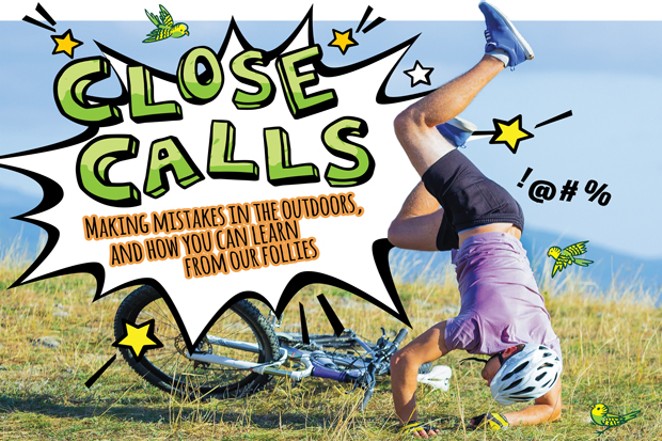
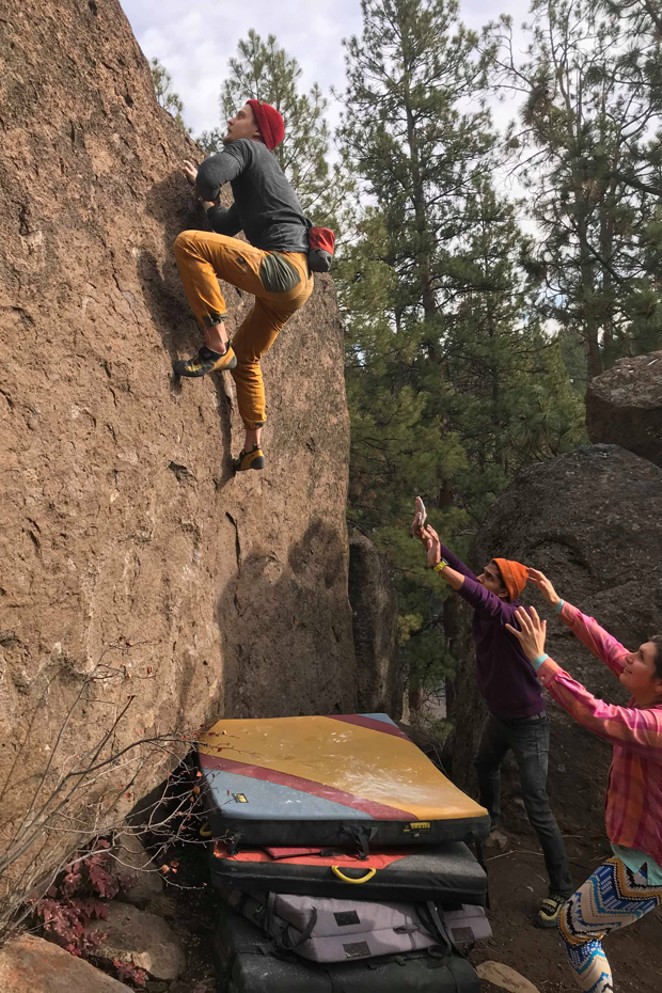


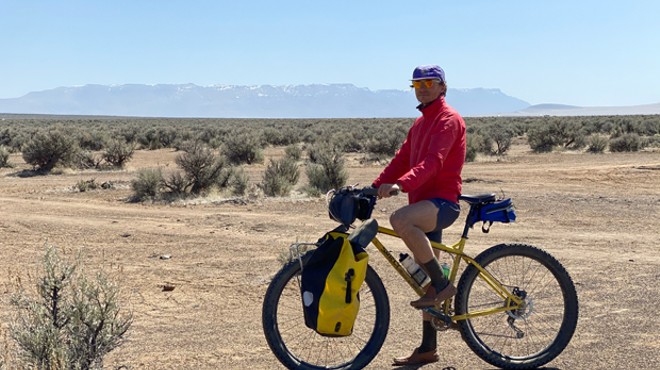
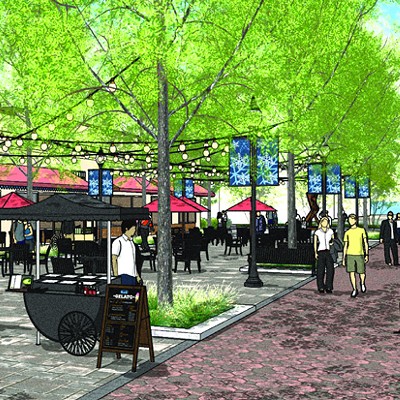
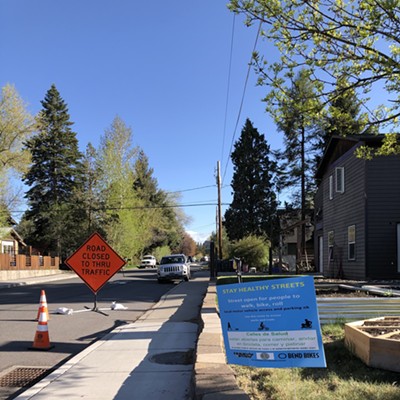
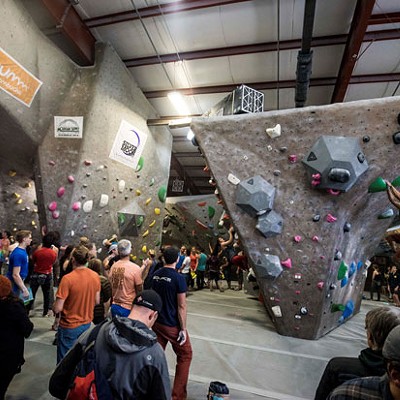
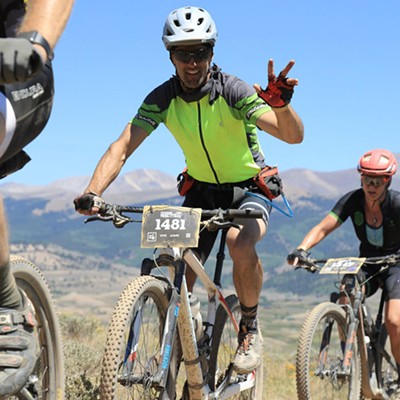




![Spring Fling in Madras:
A Gravel Cycling Paradise. ▶ [With Video]](https://media1.bendsource.com/bend/imager/spring-fling-in-madras-a-gravel-cycling-paradise/u/r-bigsquare/18976786/feature1-1-ff122001ccea8632.jpg?cb=1681326267)
